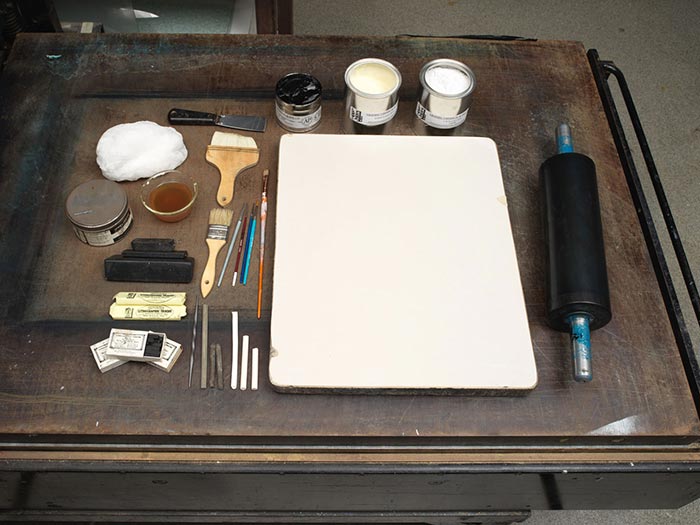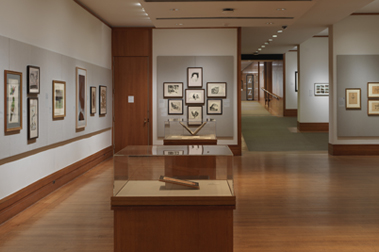Darktown Sports -- A Grand Spurt: I'll beat dat ole pelter, or bust!
Publisher Currier & Ives American
Not on view
The late nineteenth-century Darktown prints by Currier & Ives depict racist stereotypes that are offensive and disturbing. The Metropolitan Museum of Art preserves such works to shed light on their historical context and to enable the study and evaluation of racism.
This print depicts caricatured Black (African American) men at a rural racetrack. At center, a cyclist (wearing yellow pants and a blue/white striped shirt) is hunched over the front wheel of a high-wheeled bicycle as he races against a jockey (wearing a pink-red jacket, blue pants and a cap) in a sulky pulled by a mule. At right and left, crowds of spectators stand behind a rail on each side of the track. At the far left, one man stands on the railing so he towers over the group; he holds his hat high in his right hand. At right, the judge (wearing a brown coat and black top hat) stands on the turf watching the competitors; he has his chin in his right hand.The image has rounded corners; the title and caption are imprinted in the bottom margin.
Nathaniel Currier (1813–1888), whose successful New York-based lithography firm began in 1835, produced thousands of prints in various sizes that together create a vivid panorama of mid-to-late nineteenth century American life and its history. People eagerly acquired such lithographs featuring picturesque scenery, rural and city views, ships, railroads, portraits, hunting and fishing scenes, domestic life and numerous other subjects, as an inexpensive way to decorate their homes or business establishments. As the firm expanded, Nathaniel included his younger brother Charles in the business. In 1857, James Merritt Ives (1824–1895), the firm's accountant since 1852 and Charles's brother-in-law, was made a business partner. Subsequently renamed Currier & Ives, the firm continued via their successors until 1907.

